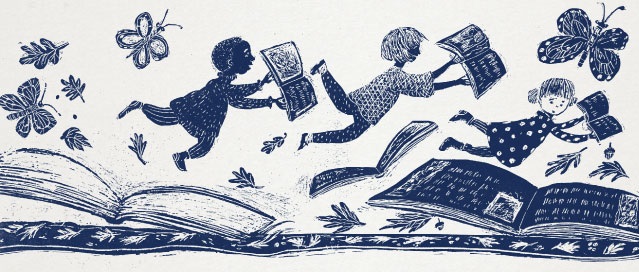
The basis of children’s literature is the oral stories, myths and fairy tales that have been passed down from generation to generation for centuries. This phenomenon is common to many parts of the world, while a typical example for our country is that the first recorded form of the Aesop’s fables appears in 400 AD, while Aesop lived in the 7th century BC. In fact, it is considered likely that at least some of the myths attributed to him were even older and he collected and refined them. With their animal protagonists, simple plots and easy-to-understand meaning, Aesop’s myths were much beloved by children. The myths were first printed as early as the 15th century, and even today they are considered classics of world children’s literature.
Translated with DeepL.com (free version)
Gradually, with the spread of printing and the shift of interest concerning the child from a small adult to a personality with special needs, the circulation of books aimed at children began, although their content was didactic, Christian and moralistic, and not at all entertaining. In 1658 the first book thought to be aimed exclusively at children was published. It was the Czech philosopher John Amos Comenius’ Orbis Pictus. It could be considered a children’s encyclopaedia since it was divided into chapters on subjects such as religion, botany, zoology, etc. accompanied by relevant illustrations. Its impact on children’s education was great as it was the first book to combine text and information with pictures.
Translated with DeepL.com (free version)
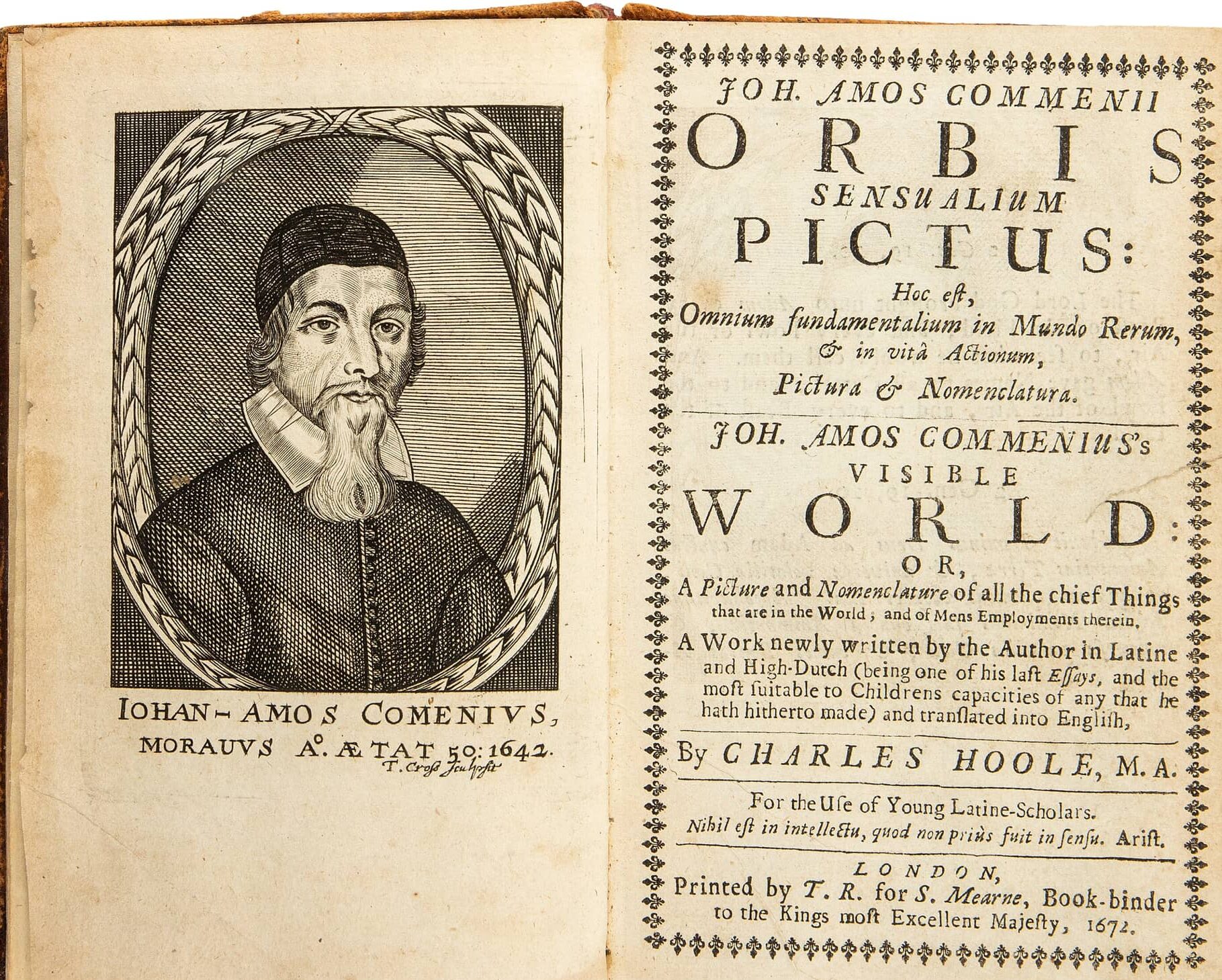
Comenius Orbis Pictus
The subject matter became broader and the number of publications larger at the beginning of the 19th century when paper became cheaper and the acquisition of a book easier for most people. However, the view we have of children’s books today began to take shape after 1920, when mass printing of colour books was now possible. Now, children’s books became an independent branch of literature.
Today, children’s books are one of the pillars of world literature with millions of copies sold worldwide. Bookstores, publishing houses, libraries oriented exclusively to children’s books are investing in this ever-growing sector of the book market.
Our country is no exception. Every year thousands of children’s books are written, translated and published, the vast majority of which are of high quality. After all, children are particularly harsh critics and children’s publishing is a demanding industry. Text, illustrations, editing and paper quality all play their part in making a book a favourite. The story must be easy to understand but not naive, the illustrations must be pleasant, friendly and accompanying without being blatant, the paper must be pleasant to the touch and of course durable since children’s books often ‘go bad’.
And of course, for several years now, the topics are not limited to fairy tales and songs, but cover classical literature, art, history, science, sports, ecology and much more.
In Greece we are lucky enough to have many people in the publishing industry who love children’s literature and are systematically involved in it. After all, the mythology, history and natural environment of our country are an inexhaustible source of inspiration.
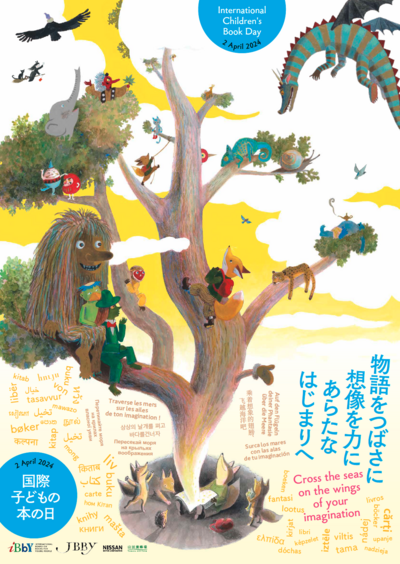
The poster chosen by the Japanese section of the IBBY.
Since 1966, April 2nd has been designated as International Children’s Book Day. The date was chosen by the International Board of Books for Young People (IBBY) and of course it is no coincidence, as it is the birthday of the storyteller Hans Christian Andersen. The Greek section of the Council was founded in 1969. It is one of the active sections with activities that have helped the development of children’s literature in our country as well.

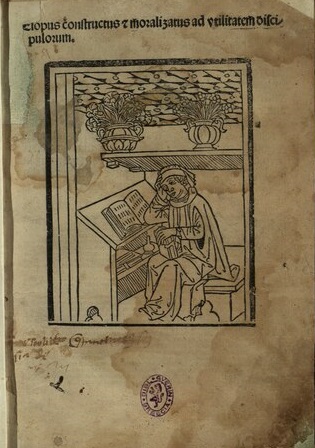

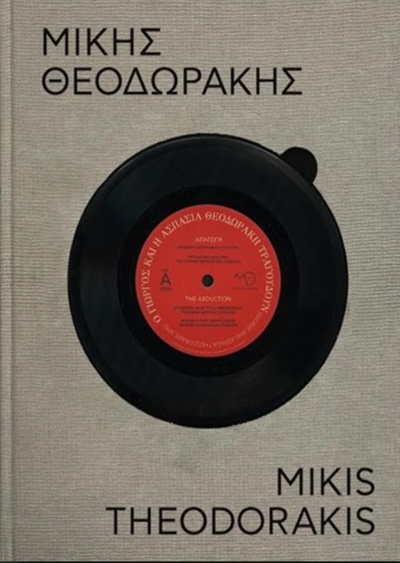
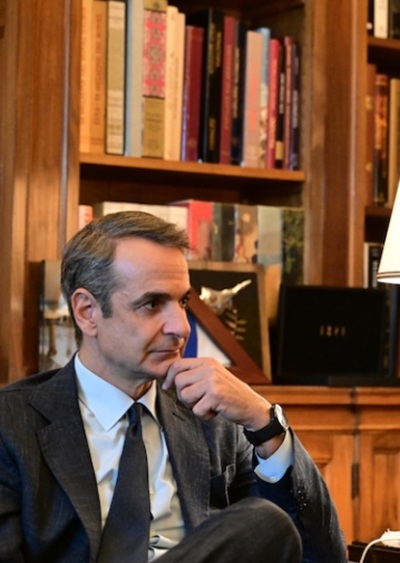



Leave A Comment